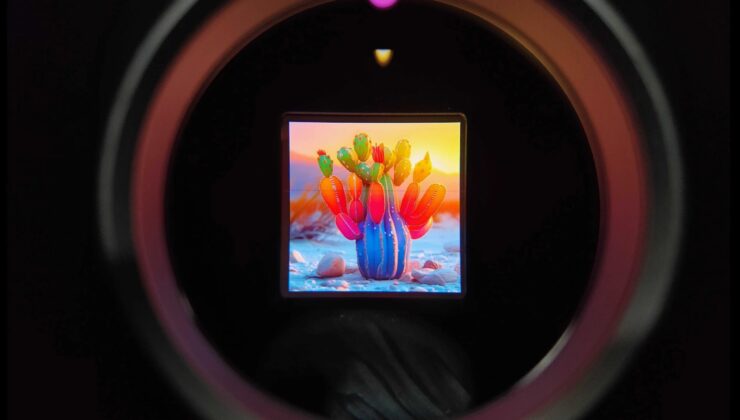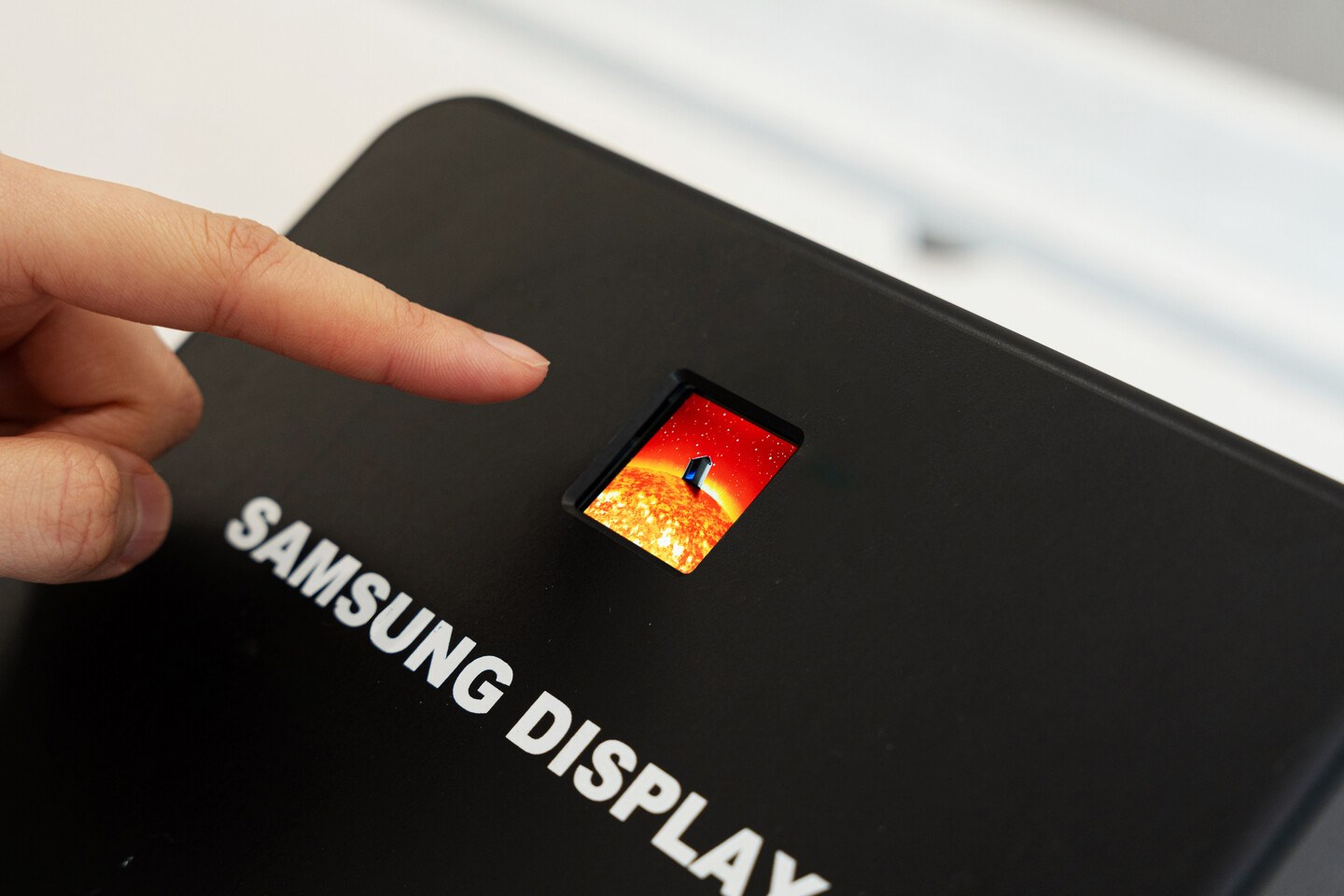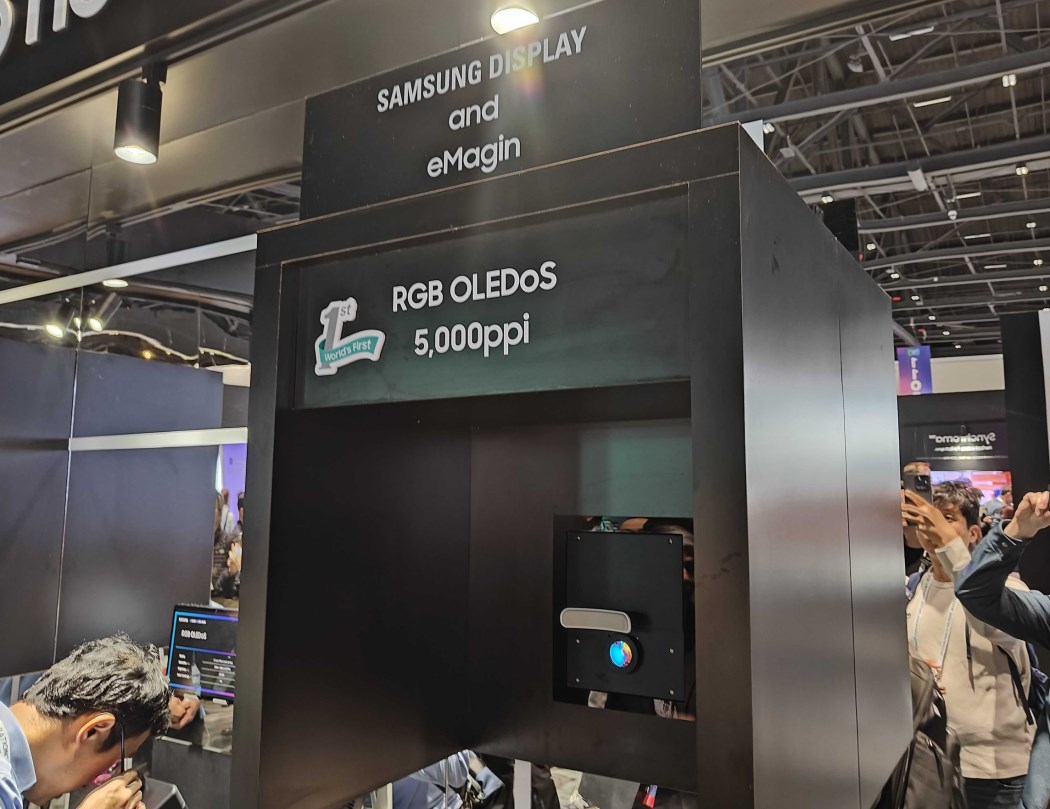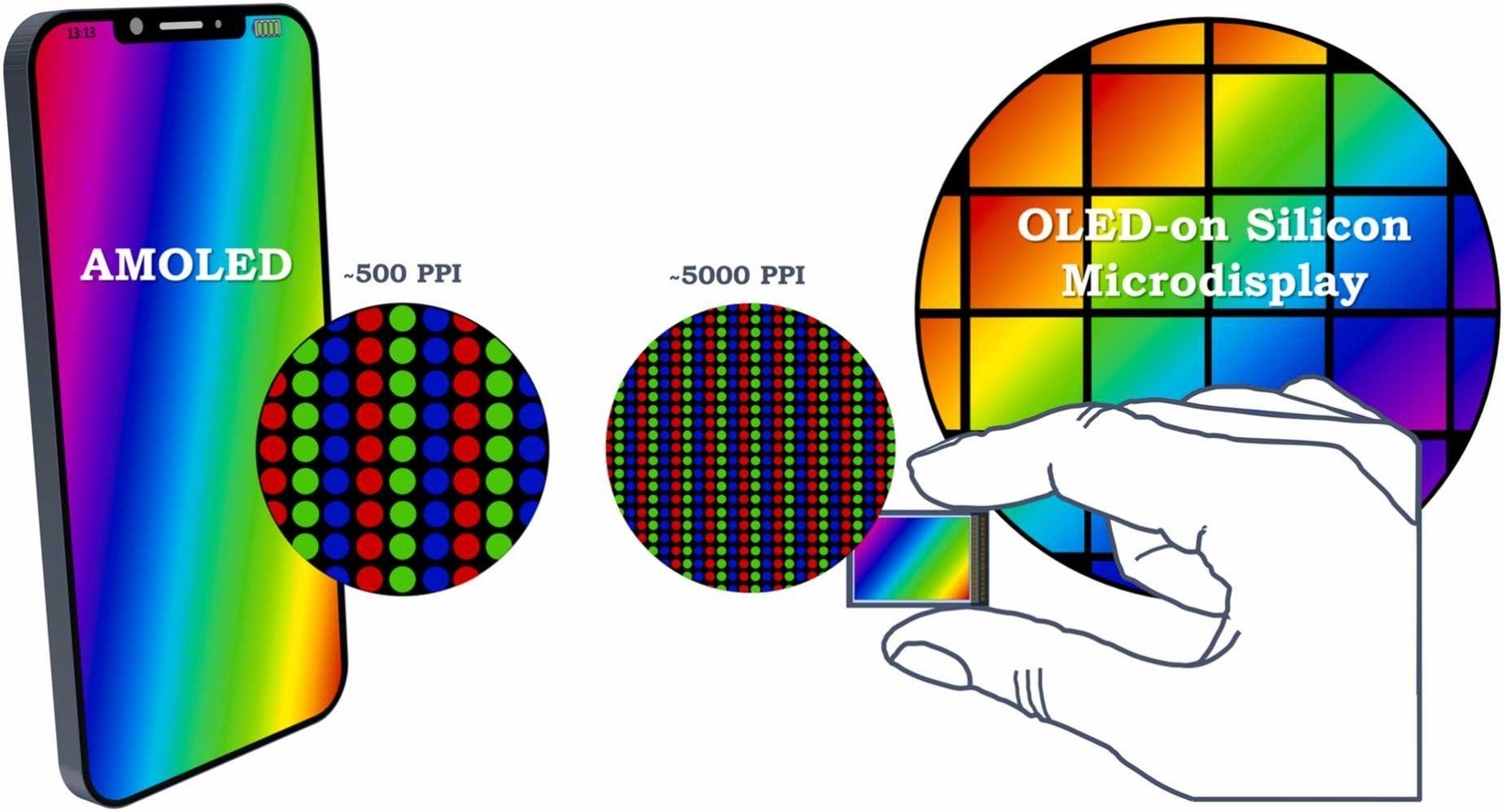

Samsung Display has unveiled a groundbreaking addition to its extensive product lineup: a new generation of OLEDoS (OLED-on-Silicon) display panels. These panels, designed specifically for extended reality (XR) headsets, mark a significant advancement in display technology. The announcement was made at the SID 2025 (Society for Information Display) conference, and the new panel boasts major improvements in both brightness and visual clarity compared to its predecessors.

The newly developed OLEDoS panel features an astonishing pixel density of 5,000 ppi (pixels per inch) despite its compact 1.4-inch size. This allows for a more vivid, realistic, and immersive visual experience than what current XR headsets offer. The panel can reach a peak brightness of 15,000 nits and has a refresh rate of 120Hz, ensuring smooth and vibrant visuals. Additionally, it provides outstanding color performance, covering 99% of the DCI-P3 color gamut for accurate color representation. Samsung representatives claim this display surpasses even 8K TVs in terms of resolution, although it is not expected to be used in Samsung’s XR headset directly.

At the same event, Samsung showcased another OLEDoS panel featuring an RGB sub-pixel structure, capable of achieving a peak brightness of 20,000 nits. With a pixel density of 4,200 ppi, this RGB OLEDoS display is the brightest model Samsung has ever developed. For context, a similar panel released last year reached 5,000 nits of brightness, and the model presented at CES 2025 achieved 10,000 nits.

OLEDoS, short for OLED-on-Silicon, represents a display technology where organic layers are deposited on a silicon substrate instead of traditional glass. This technique allows for the production of pixels as small as micrometers, enabling extremely high-resolution displays in compact sizes. Typically measuring under 2 inches, these panels are intended for use in AR (Augmented Reality), MR (Mixed Reality), VR (Virtual Reality), and XR (Extended Reality) devices. OLEDoS technology follows two main approaches: one uses a white OLED light source with RGB color filters, while the other integrates red, green, and blue subpixels directly. The latter RGB structure offers higher brightness and color accuracy since it eliminates the need for filters.
OTOMOBİL
1 gün önceSİGORTA
1 gün önceSİGORTA
1 gün önceSİGORTA
3 gün önceSİGORTA
3 gün önceBİLGİ
3 gün önceBİLGİ
3 gün önceSİGORTA
4 gün önceSİGORTA
4 gün önceSİGORTA
4 gün önce 1
DJI Mini 5: A Leap Forward in Drone Technology
20617 kez okundu
1
DJI Mini 5: A Leap Forward in Drone Technology
20617 kez okundu
 2
xAI’s Grok Chatbot Introduces Memory Feature to Rival ChatGPT and Google Gemini
14586 kez okundu
2
xAI’s Grok Chatbot Introduces Memory Feature to Rival ChatGPT and Google Gemini
14586 kez okundu
 3
7 Essential Foods for Optimal Brain Health
13285 kez okundu
3
7 Essential Foods for Optimal Brain Health
13285 kez okundu
 4
Elon Musk’s Father: “Admiring Putin is Only Natural”
13120 kez okundu
4
Elon Musk’s Father: “Admiring Putin is Only Natural”
13120 kez okundu
 5
Minnesota’s Proposed Lifeline Auto Insurance Program
11024 kez okundu
5
Minnesota’s Proposed Lifeline Auto Insurance Program
11024 kez okundu
Sigorta Güncel Sigorta Şikayet Güvence Haber Hasar Onarım Insurance News Ajans Sigorta Sigorta Kampanya Sigorta Ajansı Sigorta Sondakika Insurance News